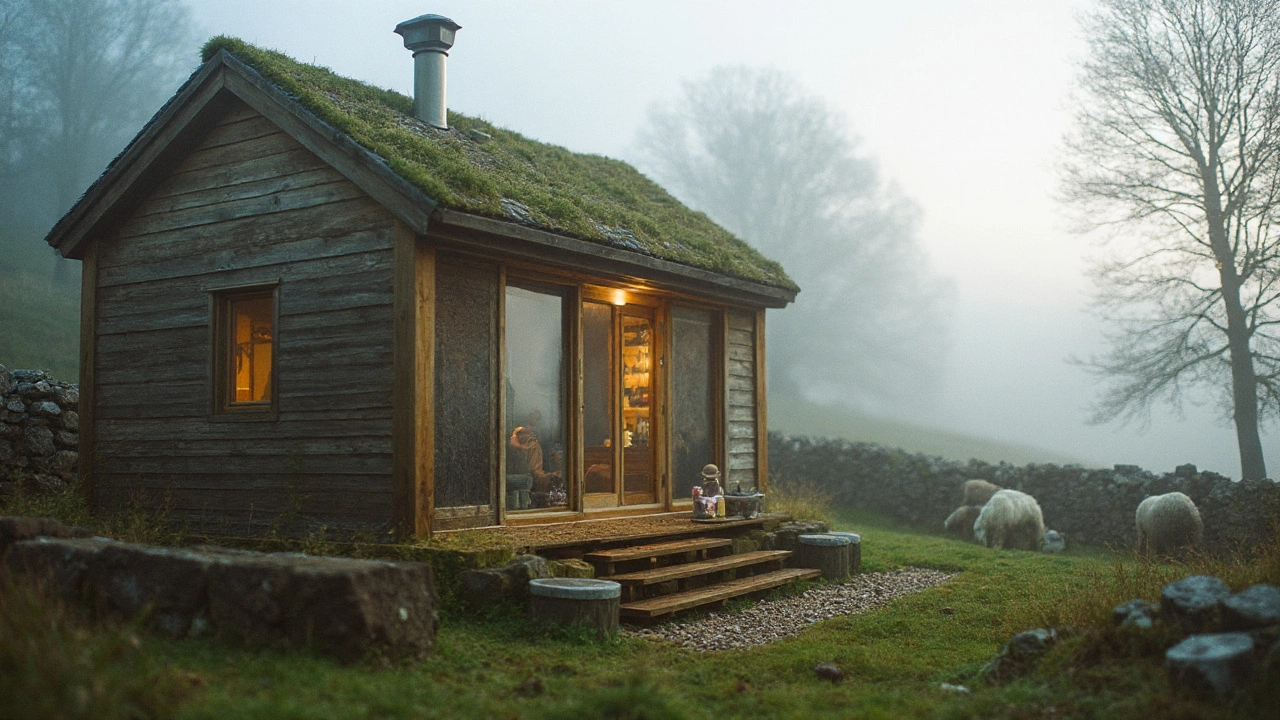Off-Grid Tiny House: Simple Guide to Living Free
Ever dreamed of a tiny home that runs without the grid? You’re not alone. More people are swapping big bills for a small, self‑sufficient space. This guide walks you through the basics so you can start planning today.
Planning Your Off‑Grid Tiny Home
First, decide how big you really need. Most off‑grid tiny houses sit between 150 and 400 sq ft. A smaller footprint means lower material costs and easier placement on a plot. Check local zoning rules early – some councils require a minimum size or specific setbacks.
Budget matters more than you think. Sketch a rough list: foundation, frame, insulation, solar panels, battery bank, rain‑water system, and interior finish. Add a cushion for permits and unexpected surprises. A clear budget helps you avoid costly overruns and keeps the project realistic.
Power, Water, and Heat Made Easy
Solar is the go‑to for off‑grid power. A 300‑watt panel can handle basic lighting, a fridge, and a phone charger. Pair it with a 200‑Ah battery and you’ll have power through cloudy days. If you have wind, a small turbine can boost output on breezy nights.
Water can be collected from rain or a nearby well. A 2,000‑liter tank usually supplies a couple of weeks for one person. For waste, a composting toilet eliminates the need for a septic tank and cuts water use dramatically.
Heat is often the trickiest part. A compact wood‑burning stove or a propane heater can keep the space cozy in winter. Insulate walls, roof, and floor with rigid foam or sheep’s wool – it keeps the heat in and the bills low.
Choosing the right materials speeds up construction and adds durability. Light‑weight timber frames, reclaimed wood, and metal roof panels work well. Keep the design simple: a rectangular shape reduces waste and makes it easier to install solar brackets.
Design for small‑space living by using multi‑purpose furniture. A bench that doubles as storage, a fold‑out bed, and open shelving keep the interior uncluttered. Large windows let in natural light, making the tiny space feel bigger.
Even off‑grid, you probably want internet. A LTE router with a small external antenna can give you a reliable connection for work or streaming. It’s a modest addition that makes remote living comfortable.
Real‑world examples show it works. Jane built a 250‑sq‑ft cabin in Cornwall with solar, rain‑water, and a tiny wood stove. She lives on the coast, pays under £30 a month for energy, and loves the freedom. Tom’s 180‑sq‑ft shed in the Lake District runs on a 400‑watt panel and a 300‑Ah battery, letting him work from home year‑round.
Ready to start? Here’s a quick checklist: 1) Choose a plot and check zoning. 2) Sketch a floor plan and decide on size. 3) List all systems – power, water, waste, heat. 4) Draft a realistic budget with a 10% buffer. 5) Order solar panels, battery, and water tanks early. 6) Build the shell, then install systems. 7) Finish interior with simple, dual‑purpose furniture. Follow these steps, stay flexible, and you’ll have an off‑grid tiny house that’s comfortable, affordable, and totally yours.
How Tiny Houses Are Eco-Friendly: Real Benefits, Data, and Design Tips (2025)
Do tiny houses really help the planet? Get the data, trade-offs, and practical design moves that shrink energy, water, and materials-without shrinking your life.
- Sep, 13 2025
- 0 Comments
